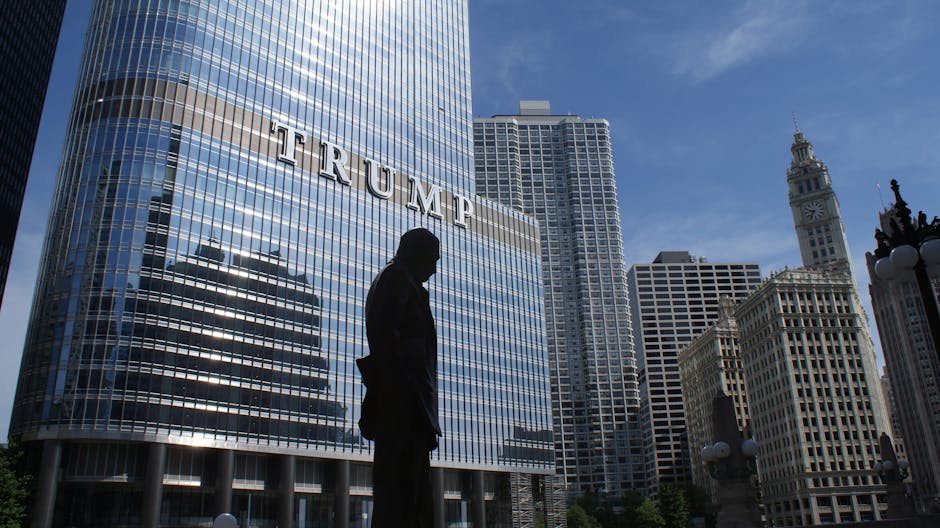Even as the 2024 presidential race concludes, political strategists are already looking to the next major battleground: the 2026 midterm elections. At the heart of any forecast is one inescapable figure: Donald J. Trump. Whether he’s in the Oval Office or not, his actions over the next two years will fundamentally shape the political landscape, defining the choices and challenges that face American voters.
Understanding his potential impact is key to navigating the road ahead. Depending on the outcome of the 2024 election, Trump’s influence will manifest in two very different ways, each with profound consequences for voters.
Scenario 1: If Trump Wins – A Referendum on a Second Term
If Donald Trump wins the 2024 election, the 2026 midterms will almost certainly become a referendum on his presidency. Historically, the party in the White House tends to lose seats during the first midterm election as the opposition is energized and a natural check on power emerges.
For voters, this means the campaign will be laser-focused on the results of Trump’s policies. A second term would likely feature a more aggressive “America First” agenda, potentially including new trade tariffs, a hardline stance on immigration, and a continued push to reshape the federal judiciary.
The central questions for voters in 2026 will be direct: Are you better off under these policies? Is the economy growing or struggling? Is the nation more secure or more isolated? Democrats will frame the election as a chance to curb the president’s power, while Republicans will campaign on the need to see his agenda through.
Scenario 2: If Trump Loses – The GOP Kingmaker
Should Trump lose in 2024, he is unlikely to fade away. Instead, he would likely transition into the role of the Republican party’s most powerful kingmaker, wielding immense influence from outside of Washington.
In this reality, his impact on the 2026 midterms would be felt through endorsements and primary challenges. Trump would likely seek to unseat any Republican incumbent he deems insufficiently loyal, forcing GOP candidates to pass an ideological purity test. This would pull the party further towards his base and make loyalty to him a central campaign issue.
For voters, this creates a chaotic and fractured political environment. Republican primaries would become intense battles, potentially producing candidates who appeal to the MAGA base but struggle with moderate and independent voters in a general election. Democrats would position the election as a choice between their agenda and a Republican party still defined by Trump. The key question for voters won’t be about a sitting president, but about the future direction of the GOP itself.
The Bottom Line: A Sharpened Political Divide for Voters
Regardless of the 2024 outcome, one thing is clear: Trump’s continued presence will ensure the political polarization gripping the United States intensifies.
In 2026, voters will face a political landscape defined less by nuanced policy debates and more by loyalty tests and cultural grievances. The campaigns will focus on mobilizing their respective bases against a perceived opponent, making it difficult for moderate voices to cut through the noise. Substantive, long-term issues like the national debt, healthcare reform, and climate change may take a backseat to the ongoing political drama.
For the American voter, the 2026 midterms will be another critical inflection point. It will serve as a crucial indicator of whether the country is heading towards a period of renewed stability or even deeper division.




